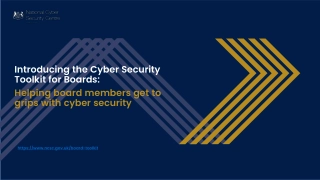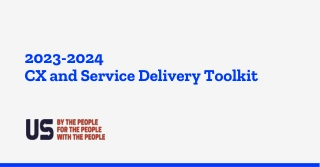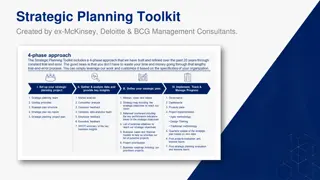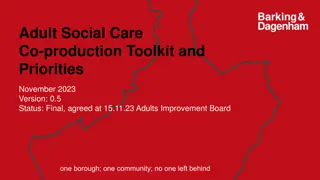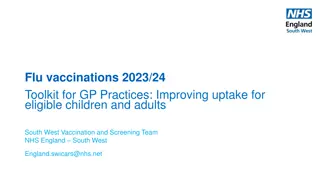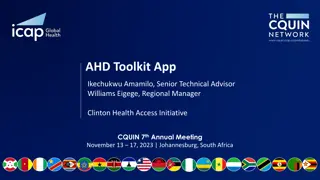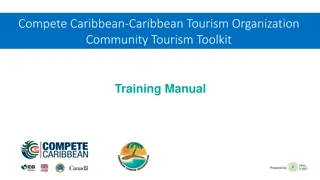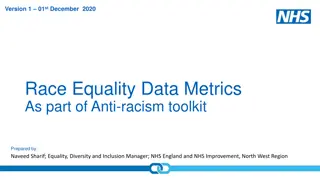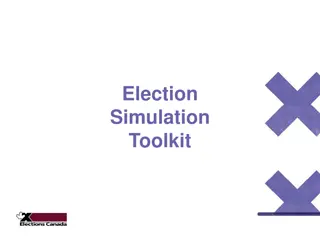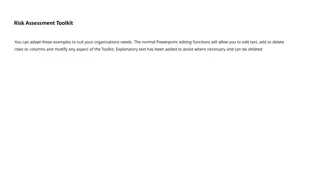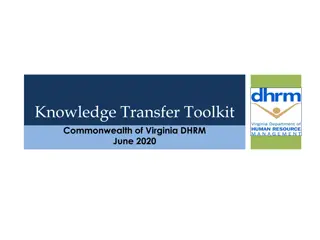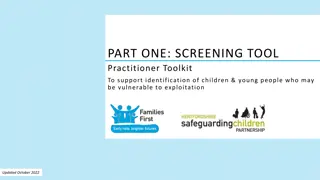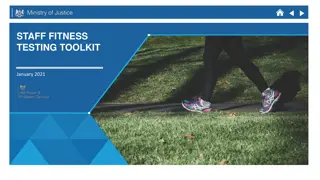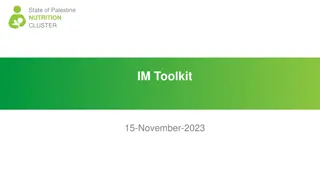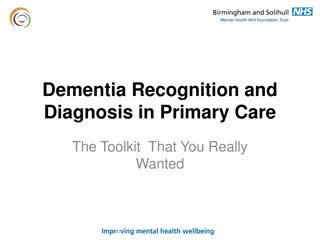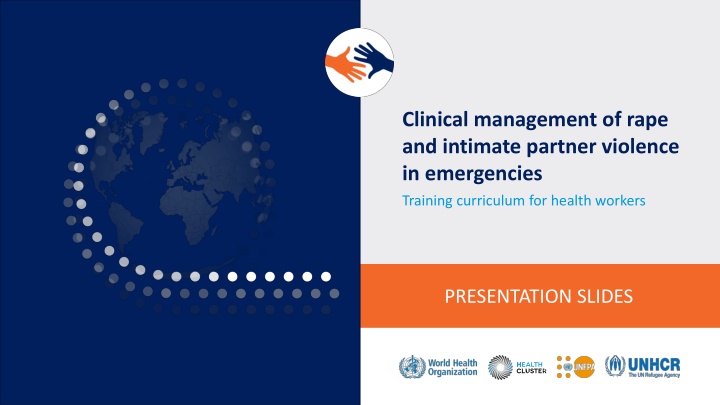
Clinical Management of Rape and Intimate Partner Violence in Emergencies Training
Learn about first-line support and safety enhancement for survivors of intimate partner violence in emergency situations, including how to access resources, assess immediate risk, provide referrals, and create risk mitigation plans.
Download Presentation

Please find below an Image/Link to download the presentation.
The content on the website is provided AS IS for your information and personal use only. It may not be sold, licensed, or shared on other websites without obtaining consent from the author. If you encounter any issues during the download, it is possible that the publisher has removed the file from their server.
You are allowed to download the files provided on this website for personal or commercial use, subject to the condition that they are used lawfully. All files are the property of their respective owners.
The content on the website is provided AS IS for your information and personal use only. It may not be sold, licensed, or shared on other websites without obtaining consent from the author.
E N D
Presentation Transcript
Clinical management of rape and intimate partner violence in emergencies Training curriculum for health workers PRESENTATION SLIDES
Session 8. First-line support using LIV(ES), part 2: Enhancing safety and providing Support 8.2
Session objectives Objective 4: Demonstrate knowledge of how to access resources and support for patients and for oneself Competencies: Demonstrate the skills to assess immediate risk/safety and to support safety planning, including for child and adolescent sexual abuse survivors Know what resources are available in the community and through coordinated humanitarian response Know how to collaborate with partners to help survivors access other services and to provide referrals Demonstrate skills to provide warm referrals, where possible 8.3
IPV safety risk assessment Job aid 8a in the CMRIPV guidelines1 After a violent incident (physical or sexual assault), it is important to discuss and help the survivor assess whether it is safe to go home. Affirmative ( yes ) responses to at least 3 of these questions indicates high immediate risk of severe harm Has the violence happened more often or become worse over the past 6 months? Has he ever used a weapon or threatened you with a weapon? Has he ever tried to strangle you? Do you believe he could kill you? Has he ever beaten you when you were pregnant? Is he violently and constantly jealous of you? 8.5
Enhancing safety When elevated safety risks are identified in the survivor s home environment, make time to: Encourage and support development of a safety plan Provide warm referrals to protection and/or shelter services, as well as social work or case-management services, if available Always offer a follow-up visit to continue discussing ways to protect her, her well-being and her children 8.6
Making a risk mitigation plan Avoid putting her at additional risk Talk about abuse only when you and she are alone Maintain confidentiality of health records Discuss how she will explain where she has been and what to do with any paperwork that she will take home The survivor knows the most effective way to reduce her exposure to harm. Support her decision-making process and choices. 8.7
Facilitating social Support Help her identify and consider her options, and what is most important to her Discuss her social support she may prefer to rely on her informal network Connect her to resources through warm referrals 8.8
Exercise 8.1 Facilitator demonstration, (LIV)ES Learning objective for this exercise: Develop skills for providing the E and S elements of LIVES first-line support 8.9
Special considerations for children and adolescents For more information see: Responding to children and adolescents who have been sexually abused: WHO clinical guidelines2 8.10
Guiding principles Be mindful of the evolving capacities of children and adolescents Provide information, seek informed consent, and encourage their agency and autonomy in a manner appropriate to their age and developmental stage All service providers have a duty of care to promote the best interests of children and adolescents, especially if the child s parents or guardians are not able to do so Whenever possible, bring in a provider with paediatric experience when child survivors of sexual violence are identified 8.11
Special considerations for (LIV)ES + CC Help the child feel safe Strive to offer children and adolescents a choice of gender of their provider Be mindful of word choice and use simple vocabulary: use Child-centred communication throughout Young children may communicate best through drawing pictures or pointing at body diagrams Frequently reinforce that the child has done nothing wrong Include a trusted, non-offending Caregiver in risk assessment, safety planning and linkages to social support and referral services 8.12
Age-appropriate involvement in decision-making Understanding the evolving capacities of children and adolescents is critical to providing age-appropriate care Intersectional factors affecting the survivor s maturity, their capacity to give informed consent and local regulatory requirements, all need to be taken into account A child s or adolescent s capacity to be involved in decision-making can be diminished by their response to the violence they have experienced and/or other impairments, and this can make assessment difficult; in these cases, make every effort to bring in a child specialist 8.13
Exercise 8.2 Role play to practise (LIV)ES, part 2 Patient: Read the scenario to yourself. Don t tell the others the details. When asked, read aloud the section entitled explain to provider . Describe your situation and answer the provider s questions. Health-care provider: Listen to the patient s disclosure and provide first-line support Enhance safety and access Support. Observer: Provide feedback to the provider. 8.14
Session 8: Thats a wrap! Risk assessment can help you understand a woman s immediate safety needs Trust your patient when she tells you she is in severe danger Providing linkages to support services is a core activity in the response to violence Always provide referrals that respond to her stated needs Engage children and adolescents in identifying their own support needs as much as possible 8.15
References 1. World Health Organization, United Nations Population Fund, United Nations High Commissioner for Refugees. Clinical management of rape and intimate partner violence survivors: developing protocols for use in humanitarian settings. Geneva: World Health Organization; 2020 (https://iris.who.int/handle/10665/331535). Licence: CC BY-NC-SA 3.0 IGO. 2. Responding to children and adolescents who have been sexually abused: WHO clinical guidelines. Geneva: World Health Organization; 2017 (https://iris.who.int/handle/10665/259270). Licence: CC BY-NC-SA 3.0 IGO.

